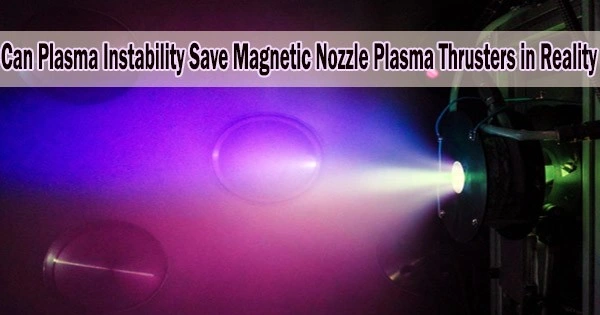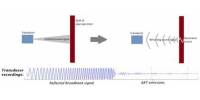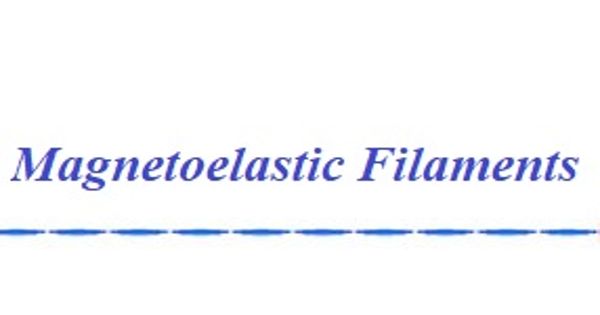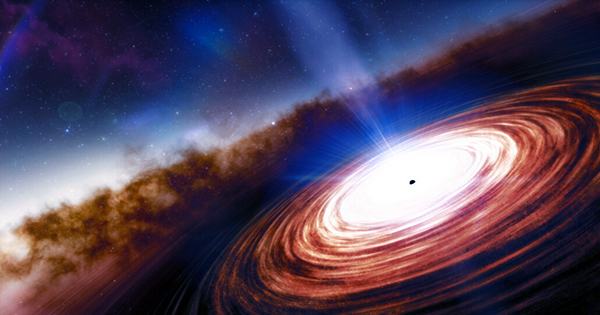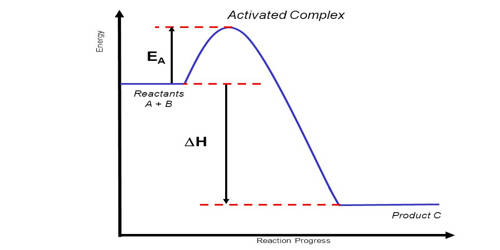Turning common wisdom on its head, a research team has shown that spontaneously produced plasma waves may be the answer to a long-standing issue with magnetic nozzle plasma thrusters.
Details of their research were published in the journal Scientific Reports on December 5, 2022.
Magnetic nozzles channel and accelerate plasma in magnetic nozzle radio frequency thrusters, also known as helicon thrusters, to enable spacecraft to produce thrust. The use of electric propulsion is made possible by the technology, which has the ability to bring in a new era of space travel. However, the alleged “plasma detachment” issue has impeded advancement.
The magnetic field lines inside magnetic nozzles will always circle back to the thruster structure because magnetic field lines always form closed loops. This necessitates the separation of the plasma flow from the magnetic nozzle.
Ions easily separate from the magnetic nozzle due to their huge gyro radius. However, because electrons are bound to the field lines and have a small mass and gyro radius, they pull the ions back and cause a net thrust of zero.
Our discovery is a rare case where plasma instabilities actually have a favorable effect on engineering. Our findings open up a new perspective on the role of instabilities in plasmas, and will help the development of magnetic nozzle radio frequency plasma thrusters.
Professor Kazunori Takahashi
Waves, turbulence, and electromagnetic forces all have the potential to change the energy and momentum of expanding plasma. For confining plasma in thermonuclear fusion reactors, wave and turbulence-induced plasma transport and loss have been a significant problem.
However, the research team from Tohoku University and The Australian National University found that after carefully examining the data from the plasma density and electric field fluctuation signals, the spontaneously excited waves caused an inward cross-field transport of magnetized electrons towards the main axis of the magnetic nozzle, neutralizing the ions detaching.
In fact, detachment benefited from the electron inward movement, which helped to lessen the expanding plasma beam’s divergence.
“Our discovery is a rare case where plasma instabilities actually have a favorable effect on engineering,” said Professor Kazunori Takahashi, from Tohoku University’s Department of Electrical Engineering, and lead author of the study. “Our findings open up a new perspective on the role of instabilities in plasmas, and will help the development of magnetic nozzle radio frequency plasma thrusters.”
